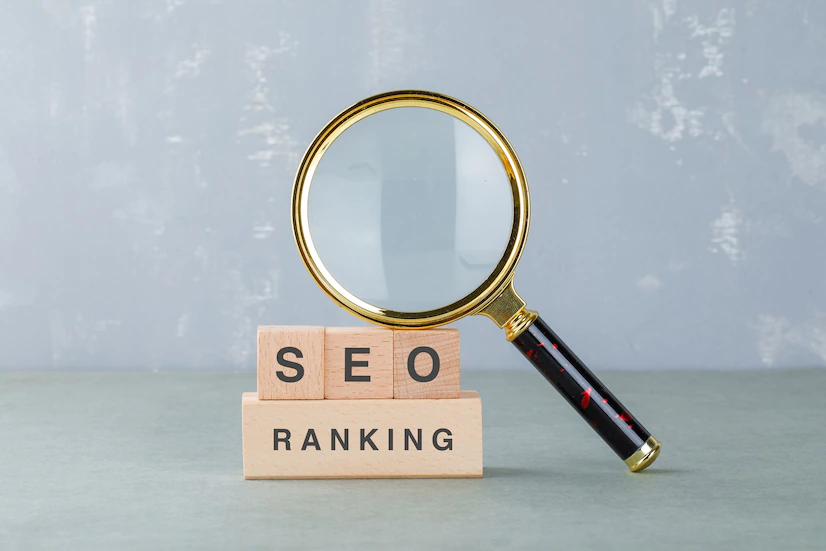The Nofollow Link Explained: Everything You Need To Know About Nofollow Backlinks
5 Mins Read
Published on: 03 February 2023
Last Updated on: 05 September 2024

toc impalement
If you’re in the website creation business, you’ve undoubtedly heard of the term “nofollow link”. But what is a nofollow link, and how can it help your website’s success? This article will explore what a nofollow link is, what it does, and how to use it to your advantage.
We’ll also discuss how nofollow links can be used to protect your website and how to identify them. By the end, you’ll have a better understanding of this term and learn how to utilize them to maximize the potential of your website.
By the way, you can buy dofollow links on linksmanagement.com, a trusted link-building service with many years of field experience in this area.
So, if you’re looking for an in-depth explanation of nofollow links, and tips on how to check and use them to maximize your website’s success, you’ve come to the right place. Let’s get started!
What is a nofollow link?

It is a link that does not pass any link juice to the website being linked to. This means that the website being linked to will not be able to see any of the benefits associated with backlinks, such as an increase in organic search traffic, branded online presence, and improved website authority.
A nofollow link is also known as a “nofollow”, “nofollowed”, or “nofollowed link”. It can be added manually by the website owner or by a piece of internet marketing software.
Its purpose is to protect websites against spam and prevent them from building spammy links. Because they do not pass any link juice, spammers often use this link to trick search engines into thinking that a website is more relevant than it is and trick them into ranking higher.
Nofollow tags are pieces of HTML that pursue one goal – to help SEO specialists control if search engines follow a link. Click to learn more about nofollow links from Ahrefs and their benefits for your SEO strategy.
What is the purpose of a nofollow link?
Its main goal is to protect your website from spam and penalization by search engines. If you have a link on your website that is coming from SEO nofollow links, you will not be able to benefit from it.
However, if you want to use that link to improve your website’s authority or increase your organic search traffic, you can make it a dofollow link. You’ll need to contact the person who owns the website with the nofollow link on it and ask them if it’s okay to make the link a dofollow link. They can add the code to make the redirect happen if they agree.
How does a nofollow link work?
To understand how a nofollow link works, we first need to understand what a nofollow backlink is. A backlink is the hyperlink of another website that points to your website.
The more backlinks you have from high-quality websites, the more your website will rank in search engine results, and the more traffic you’ll get from organic search. A backlink can be either a dofollow link or a nofollow link.
Dofollow links are followed and will pass some of their link juice to your website. Nofollow links, on the other hand, are links that are not followed and will not pass any link juice to your website. So, how does a nofollow link work? Well, when a search engine spider comes across a nofollow link, it ignores it and moves on to the next link.
This happens because a nofollow link has the “nofollow” code in the link. This is the code that tells the search engine to ignore the link.
How to identify a nofollow link?

We’ve established that a nofollow link doesn’t pass any link juice and that a dofollow link passes some of its link juice to the website that is being linked to. Now, how can you tell which link is which? Well, it turns out that a nofollow link is easy to identify.
You can locate a nofollow link by clicking on it and seeing if it takes you to the website you want to visit. If it does, then the link is a nofollow link. If it does not, then it’s a dofollow link. Another way to tell if a link is a nofollow link is by looking at the link’s code.
If you’re viewing the source code of a webpage, you should see something like this: a href=”website.com”>website.com/a> If you see “nofollow” after “URL”, it’s a nofollow link. If you don’t see “nofollow” after “URL”, then it’s a dofollow link.
Benefits of using nofollow links
There are many benefits associated with using nofollow links. One of the most significant benefits is that it protects your website from spam.
If you have a dofollow link on your website that isn’t necessary and you don’t want to lose your ranking in search engine results, you can add a nofollow link to that link. This will prevent you from losing your ranking through a manual ban or algorithm penalties.
Another benefit of using nofollow links is that it forces you to link more selectively. For example, if you’re linking to your friends’ websites, you have to make sure those links are dofollow.
If you’re linking to your competitor’s websites, you have to make sure those links are nofollow. This will help you to link more selectively and only to websites relevant to your content.
How to use nofollow links to maximize success?
Now that you know how to protect your website using nofollow links and how to use them to link selectively, you may be wondering how to use them to maximize success. Well, as we’ve discussed, nofollow links do not pass any link juice to your website.
However, they do pass a small amount of link juice. You should aim to have as many nofollow links on your website as possible. This is because a high number of nofollow links will make your website look more authoritative and make Google more likely to rank you higher in search engine results.
Conclusion
Now that you know what a nofollow link is, what it does, how to identify it, and how to use it to your advantage, you can take your website to the next level.
A nofollow link will help you get the most out of your backlinks and protect you from spam. Hopefully, this article has helped you understand the nofollow link better.
Read Also:


















Comments Are Closed For This Article